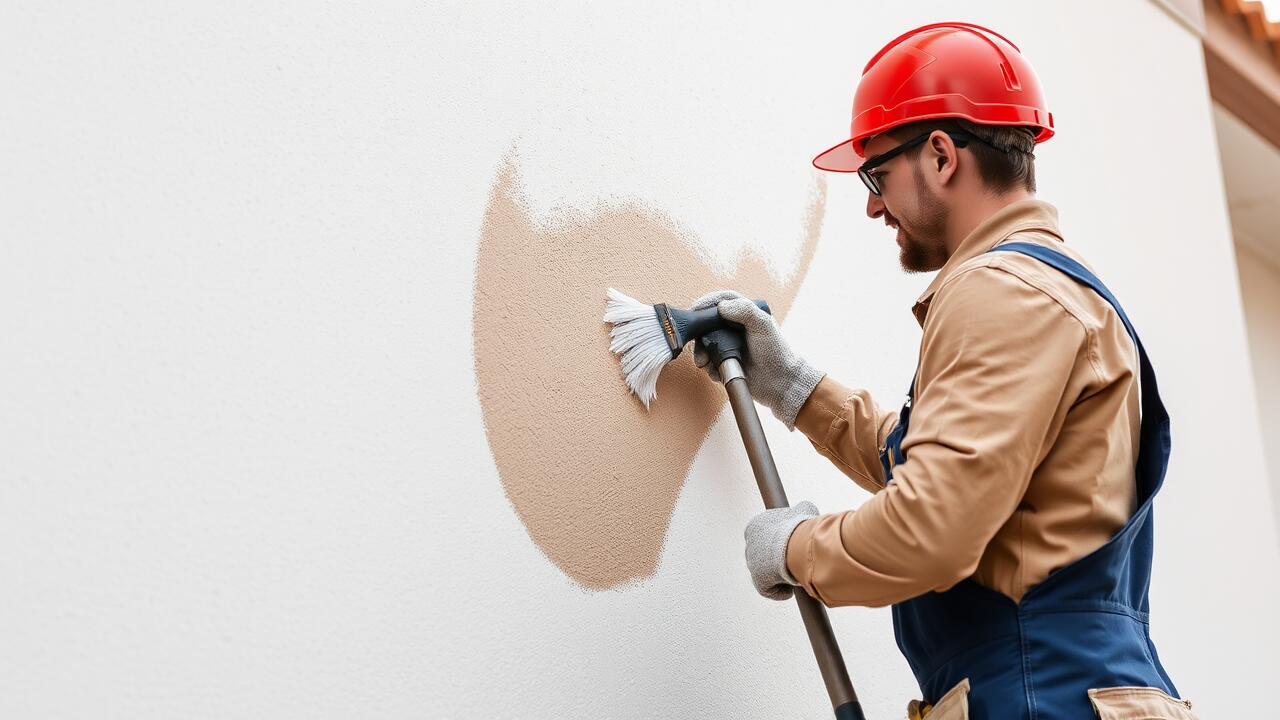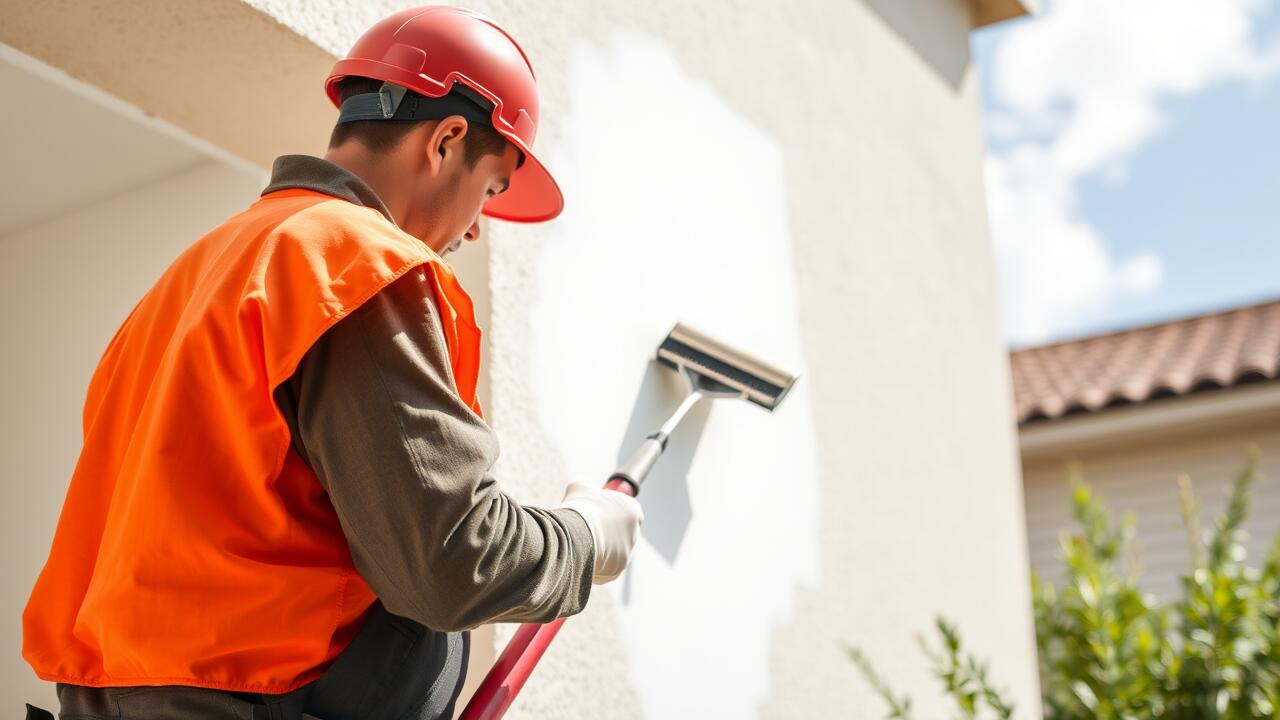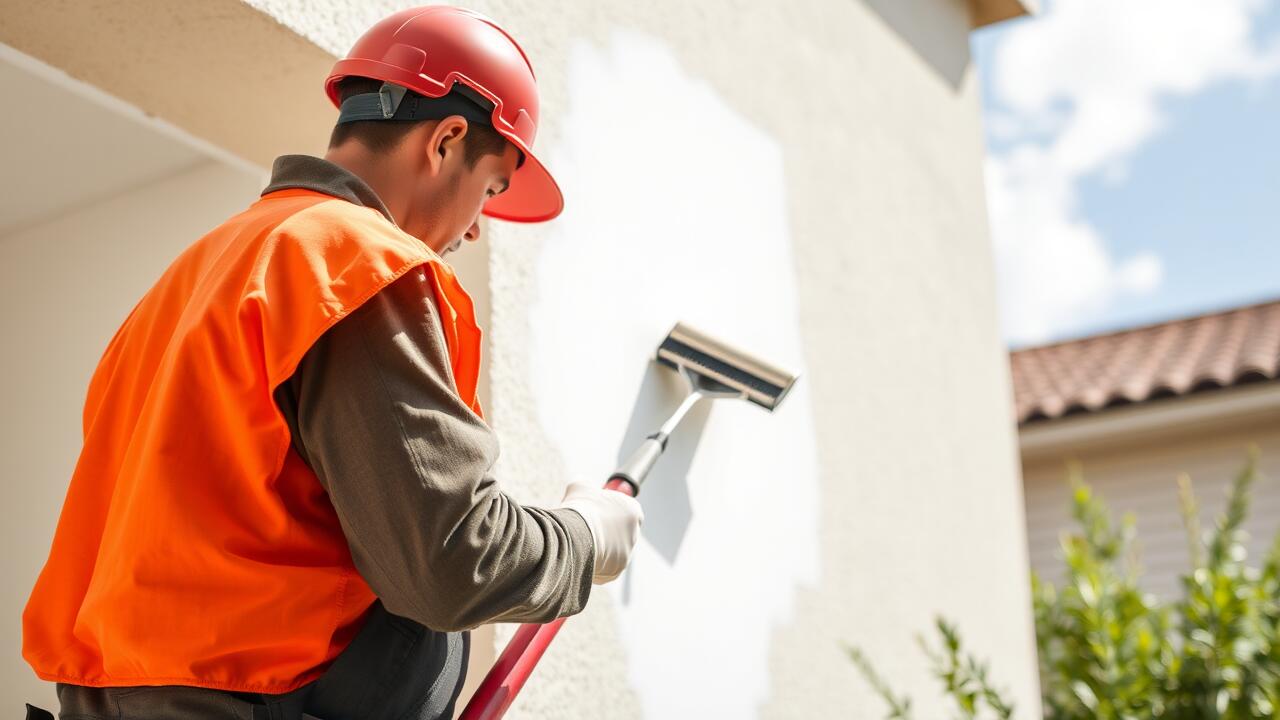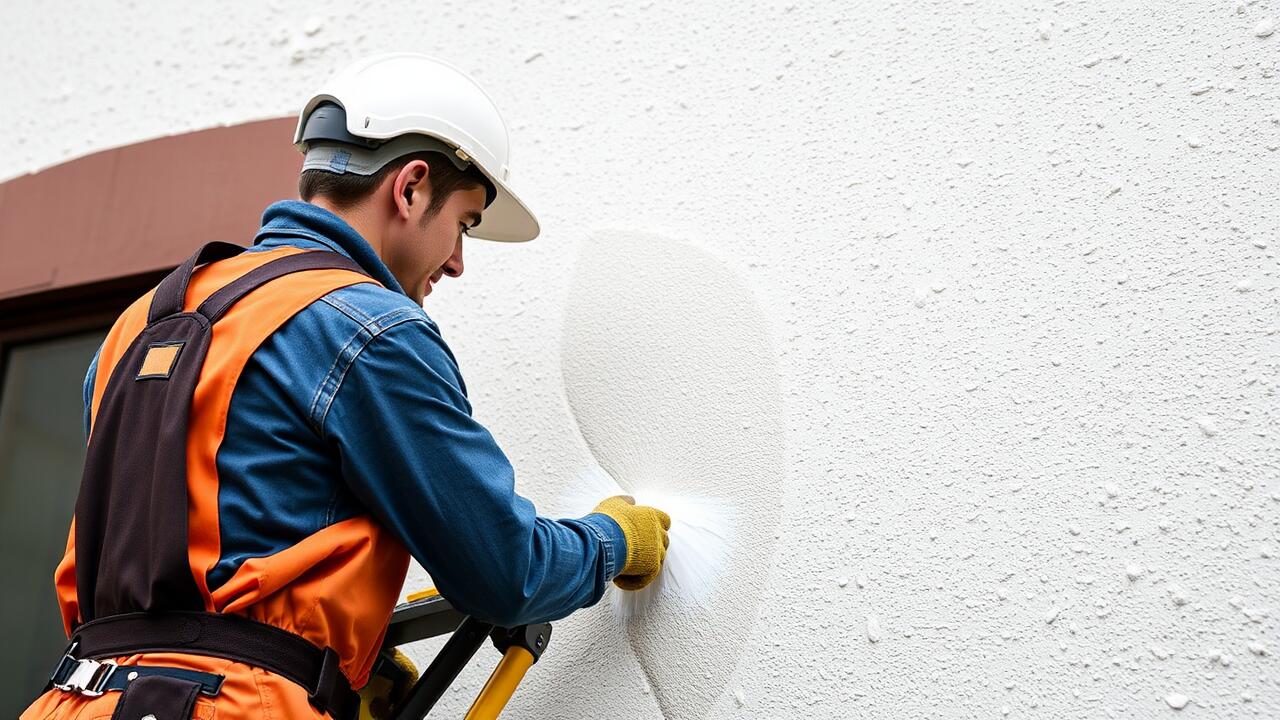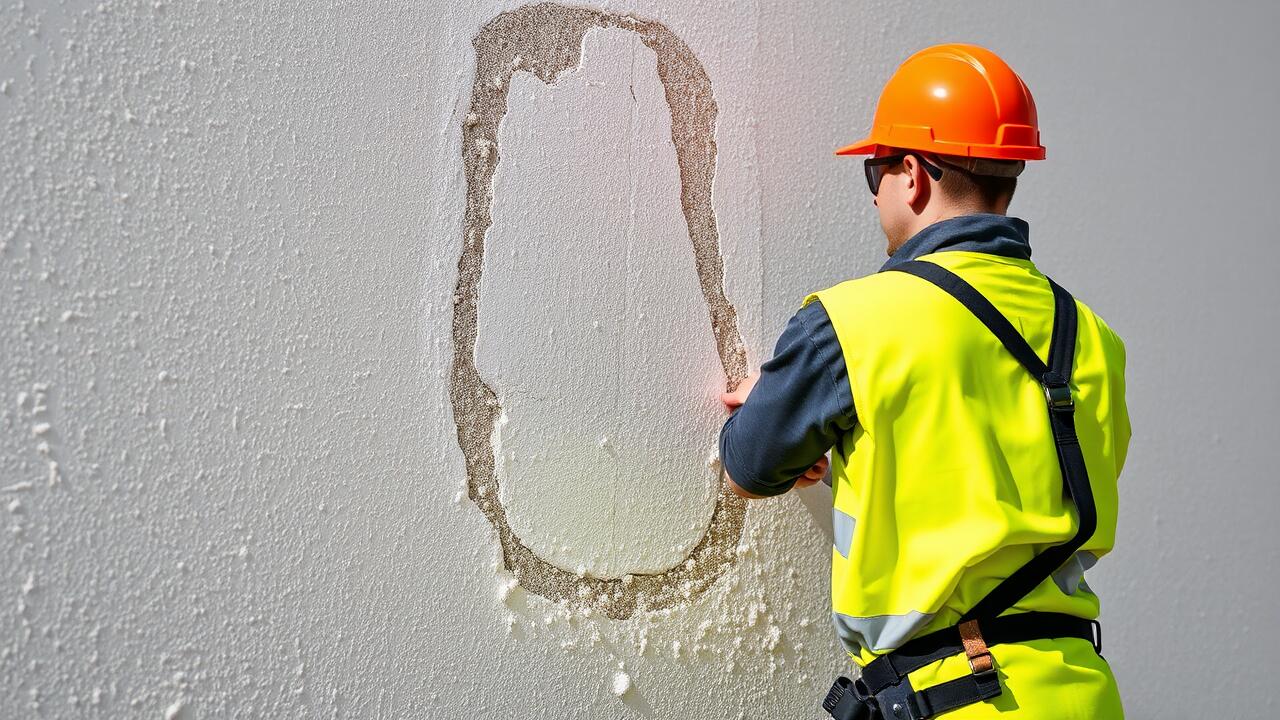
Factors to Consider Before Making a Decision
When deciding whether to paint or re-stucco your home, evaluating the existing condition of your stucco is essential. If the surface shows signs of severe damage, such as cracks or water intrusion, re-stuccoing might be necessary to ensure a stable foundation for future treatments. On the other hand, if the stucco is in decent condition but simply lacks appeal, a quality paint job can revitalize its appearance without the need for extensive repairs. Options like Stucco Painting Koreatown, Los Angeles, can offer solutions tailored to your specific needs, making the decision easier.
Cost is another vital factor to weigh in this decision-making process. Painting typically offers a lower initial expense compared to the full re-stuccoing process, which involves more materials and labor. However, one must consider the long-term implications of the choice. Painted stucco may require more frequent maintenance and touch-ups, while newly applied stucco can last for years with minimal upkeep. Analyzing these costs in conjunction with the exterior aesthetic you desire can greatly influence your final decision.
Condition of the Existing Stucco
The condition of the existing stucco plays a crucial role in determining whether to paint or re-stucco. If the stucco is in relatively good shape, with minimal cracks or damage, a fresh coat of paint can enhance its appearance without the need for extensive repairs. This option can also provide a protective layer against the elements. However, if the stucco is significantly deteriorated, with major cracks, mold, or water damage, painting may only serve as a temporary fix.
In areas such as Koreatown, Los Angeles, where weather can take a toll on building materials, evaluating the stucco's integrity is essential. Proper inspection will help identify underlying issues that need addressing. At times, re-stuccoing may emerge as a better long-term investment, ensuring structural stability while offering a fresh canvas for color. Engaging local experts specialized in stucco services can provide further insight into the best approach for maintaining the aesthetic and longevity of your property.
Cost Comparison
When evaluating the costs associated with painting versus re-stuccoing, it's essential to consider both material and labor expenses. Painting typically has a lower upfront cost, especially if the existing stucco is in decent shape. The expenses include surface preparation, primer, and quality paint, often making this route more financially appealing. Stucco Painting Studio City, Los Angeles, often highlights the appeal of painting as a quick refresh for homeowners seeking aesthetic improvements without major renovations.
Re-stuccoing, on the other hand, involves removing the old material and applying new stucco, which can be significantly more expensive. This process not only requires the cost of new stucco material but also the labor to complete the work, alongside potential permits and additional requirements. Homeowners need to weigh these factors against their long-term goals for durability and maintenance. In some cases, investing in re-stuccoing can lead to lower maintenance costs over time, even if the initial investment is higher.
Analyzing Material and Labor Expenses
When evaluating the costs associated with painting versus re-stuccoing, it is essential to break down both material and labor expenses. For stucco painting, the initial investment tends to be lower than re-stuccoing. The primary costs involved include high-quality paint specifically designed for stucco, which can provide durability and resistance to the elements. Labor costs are relatively manageable since the process typically involves fewer steps, with skilled workers able to complete the job within a shorter timeframe. Services like Stucco Painting Koreatown, Los Angeles, offer competitive pricing in this regard.
In contrast, re-stuccoing generally requires more extensive preparation and materials, leading to a higher overall expense. The condition of the existing stucco significantly impacts labor costs, as repairs may be necessary before applying new material. Substantial labor input is needed to ensure a proper application, which can increase the price further. Homeowners must also factor in the need for specialized crews that are adept at this more complex job, making re-stuccoing a more significant financial commitment.
Longevity of Painted Stucco
Painting stucco can significantly alter its appearance and enhance its protection against the elements. However, the longevity of painted stucco greatly depends on the quality of materials used and the application process. Proper preparation and the right type of paint are essential for achieving a durable finish that can withstand the challenges posed by weather conditions. Regular maintenance, including cleaning and periodic touch-ups, will also help extend the life of the paint job.
Typically, painted stucco can last anywhere from five to ten years before requiring any significant attention. Over time, exposure to sunlight, moisture, and temperature fluctuations can lead to fading, peeling, or cracking of the paint. Homeowners interested in maintaining the aesthetic appeal of their property in areas like Koreatown, Los Angeles, should consider professional services for touch-ups and repainting to avoid more costly repairs down the line. Regular checks on the stucco's condition will enable timely interventions that preserve both the facade and its protective qualities.
Expected Lifespan and Maintenance Needs
Painted stucco usually requires maintenance to maintain its appearance and durability. Depending on the quality of the paint and the local climate, the lifespan of a paint job can range from five to ten years. Regular inspections can identify issues early, allowing for timely touch-ups that can extend the lifespan of the paint. Factors such as exposure to harsh weather elements or high levels of humidity in areas like Koreatown, Los Angeles, can impact the longevity, making maintenance even more crucial.
In contrast, newly installed stucco often comes with a longer lifespan, ranging from 20 to 50 years if installed correctly. While repainting may bring a new look, it may not enhance the fundamental integrity of the original stucco. For property owners in Koreatown, Los Angeles, weighing the lifespan against the maintenance needs is essential to ensure that the choice aligns with long-term goals for the property's aesthetic and structural health. Regular maintenance of painted stucco can offset some costs but requires a commitment to upkeep.
FAQS
What are the main factors to consider when deciding between painting and re-stuccoing?
Key factors include the condition of the existing stucco, cost comparison, and the desired longevity and maintenance needs of the finish.
How can I assess the condition of my existing stucco?
Inspect for cracks, water damage, or peeling paint. If the damage is extensive, re-stuccoing may be necessary, while minor issues might only require painting.
What are the typical costs associated with painting versus re-stuccoing?
Painting generally has lower upfront costs, while re-stuccoing is more expensive due to material and labor but can provide a longer-lasting solution.
How long can I expect painted stucco to last?
Painted stucco typically lasts around 5 to 10 years, depending on factors like climate and maintenance, while re-stuccoed surfaces can last 20 years or more.
What type of maintenance is needed for painted stucco compared to re-stuccoed surfaces?
Painted stucco requires regular maintenance, including touch-ups and repainting, while re-stucco requires less frequent maintenance but may need occasional repairs.
